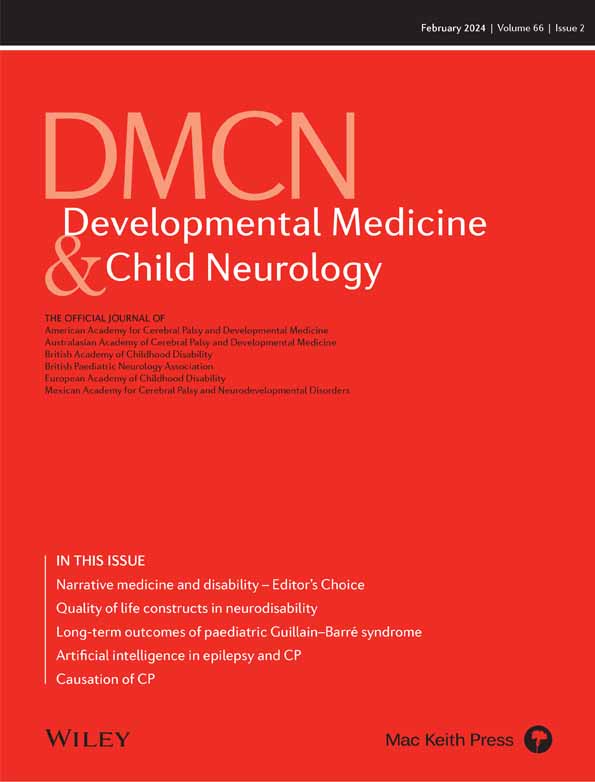Towards equality in global epilepsy care and other neurological disorders
President, International League Against Epilepsy
Epilepsy is one of the most common neurological diseases, probably the most common in childhood, affecting more than 50 million people of all ages worldwide. Up to 70% of people with epilepsy could live seizure-free if they had access to safe and low-cost antiseizure medication. Globally, however, only one in five people with epilepsy receives any form of treatment (https://www.who.int/publications/i/item/epilepsy-a-public-health-imperative).
In 2019, the World Health Organization (WHO) in a joint report with the International League Against Epilepsy (ILAE) and the International Bureau for Epilepsy (IBE) declared epilepsy a public health imperative. The report found that 80% of people with epilepsy live in low- and middle-income countries, that epilepsy is associated with widespread stigma and discrimination regardless of geographical location, and that over a quarter of all cases are potentially preventable.
In 2022, the World Health Assembly unanimously approved the Intersectoral Global Action Plan (IGAP) on epilepsy and other neurological disorders (https://www.who.int/publications/m/item/intersectoral-global-action-plan-on-epilepsy-and-other-neurological-disorders-2022-2031). This followed two decades of joint work and intense advocacy by the WHO, ILAE, and IBE.1 The 10-year global action plan has five strategic objectives, including one specific to epilepsy, and aims to significantly reduce the inclusion, treatment, and research gaps for epilepsy and other neurological disorders by 2031.
The focus of IGAP is to achieve universal health coverage for those with neurological disorders, to address stigma and discrimination, and to improve the quality of life of people with neurological disorders, their caregivers, and families. The document emphasizes the importance of taking a patient-centred, integrated approach to care across the lifespan that has wide implications for all individuals with neurological disease, including children.
A key problem to delivery is a lack of specialist care. Worldwide there are, on average, only 0.39 child neurologists per 100 000 population.2 The greatest deficits in child neurology specialists and access to training are in low-income countries, mostly in the African and South-East Asia regions. Currently, care for children with neurological diseases in many regions falls to general paediatricians, adult neurologists, and psychiatrists who are also in short supply, as well as community or primary health care workers who are often ill-equipped to deliver specialized treatment. Critical to improving care are education and training, provision of which will need to be individualized at the local level.
The approval of IGAP means that all 194 World Health Assembly member states have signed up to the content and are committed to achieving the 10 targets outlined in the document by 2031. This gives us a real opportunity to work with ministries of health to improve epilepsy care and to integrate neurological services into universal health coverage worldwide. The WHO with input from ILAE and IBE produced a technical brief on epilepsy that provides key information with recommended actions to policy-makers and other stakeholders (https://www.who.int/publications/i/item/9789240064072). However, as with all global commitments, we need to work collaboratively to bring about meaningful change. The ILAE and IBE are working together with the International Childhood Neurology Association and the World Federation of Neurology to provide information and tools to enable local communities to move forward in implementing IGAP and to ensure that all change involves and empowers people with epilepsy, their families, and caregivers.
With the political momentum that IGAP has created, we should be able to reach this decade's milestone (90-80-70) on the path to realizing the ILAE's vision of a world where nobody's life is limited by epilepsy: 90% of people with epilepsy worldwide receiving a diagnosis and aware that epilepsy is a treatable brain disorder; 80% of people with epilepsy having access to affordable, appropriate, and safe antiseizure medication; and 70% of those treated attaining good seizure control. An achievable target by 2031.

Open Research
DATA AVAILABILITY STATEMENT
Not required.




